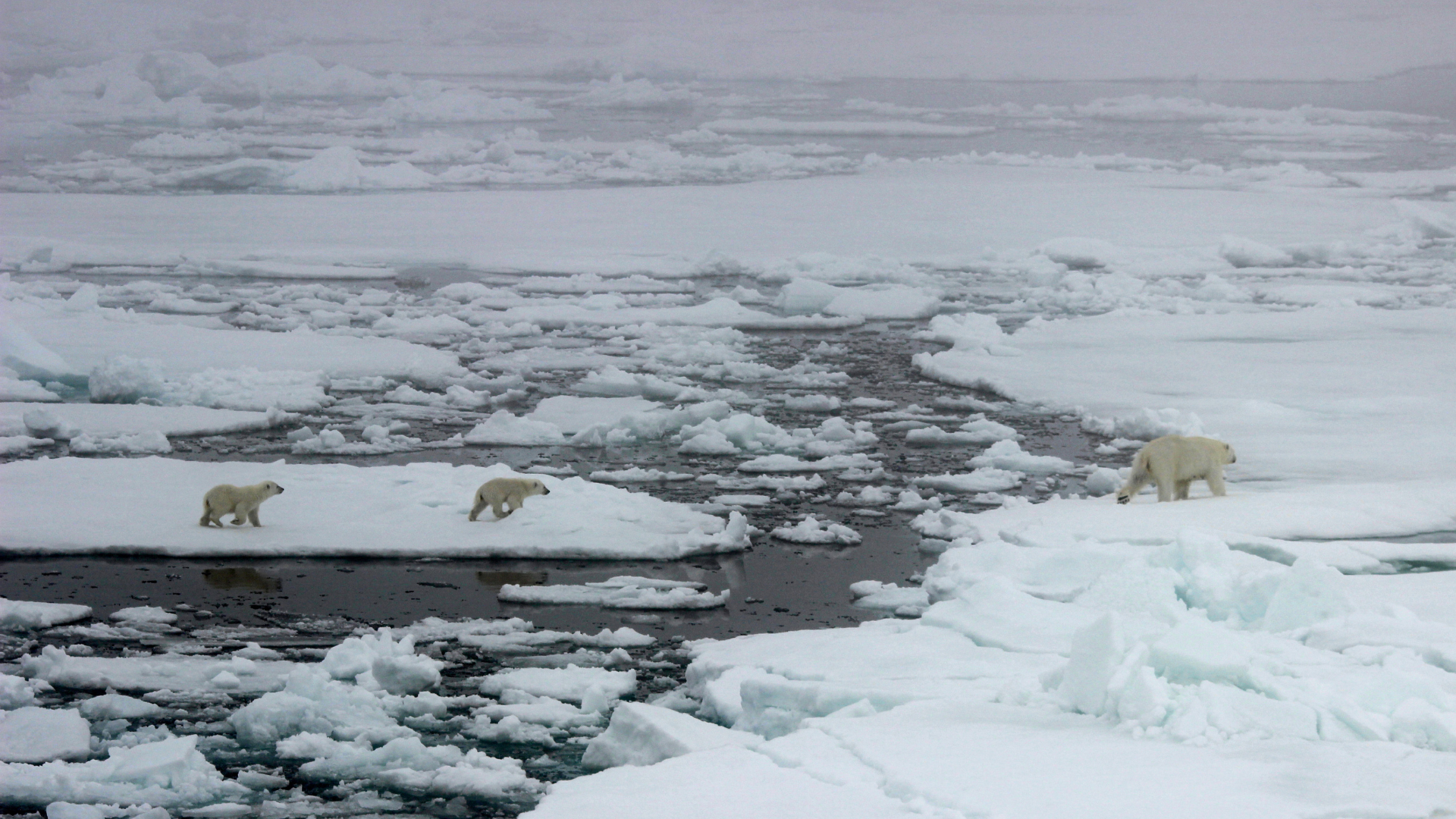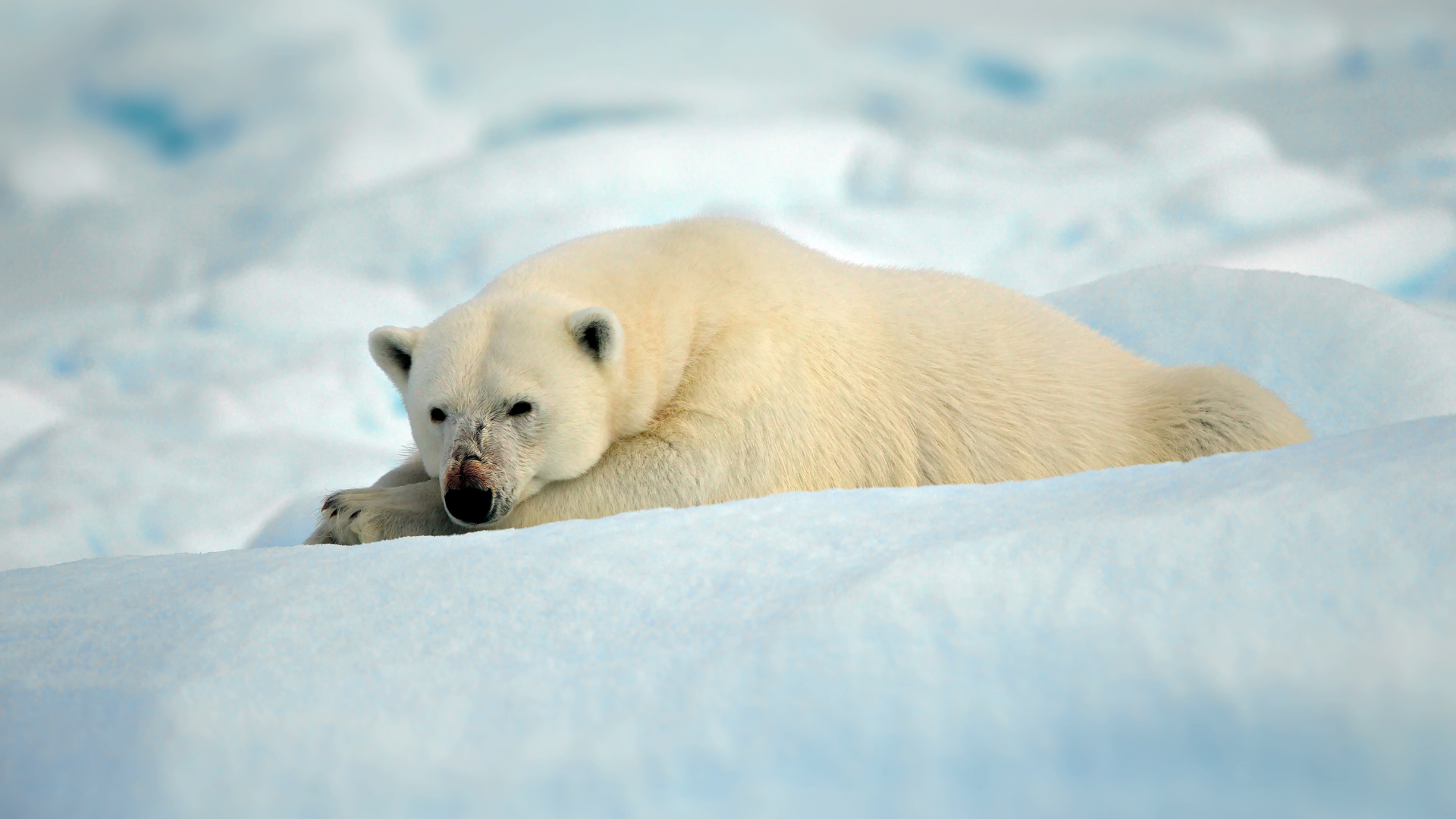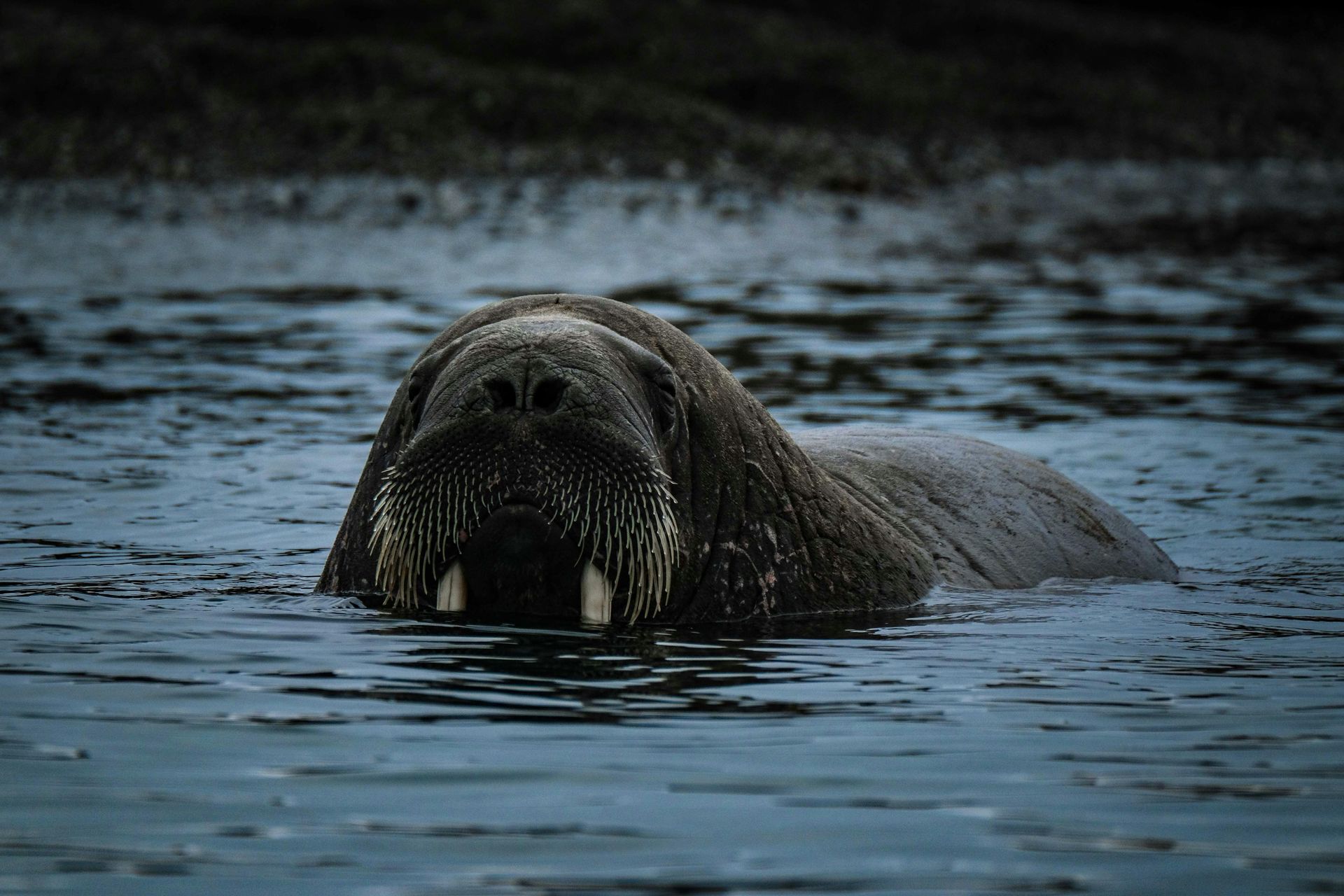Svalbard: Most Spotted Animals in February
Svalbard: Most Spotted Animals in February

In February, Svalbard remains a frozen wilderness, but the light is beginning to return, providing better opportunities for spotting the region’s iconic wildlife. The animals most commonly seen during this month include polar bears, Arctic foxes, and Svalbard reindeer. With the sun beginning to peek over the horizon, wildlife watchers can start to enjoy longer hours of daylight to search for these resilient Arctic animals in their natural habitat.
Arctic foxes continue to be among the most frequently spotted animals in February. With their thick winter coats still in full display, they are often seen scavenging along the coastlines or following polar bears to scavenge from their kills. Their keen survival instincts and agile movements make them a fascinating animal to observe in Svalbard’s winter landscape.
Polar bears remain a major highlight for wildlife enthusiasts visiting Svalbard in February. While still primarily hunting on the sea ice, the returning light offers better visibility for spotting these majestic predators. Tours often venture out onto the ice to search for signs of polar bears, and the experience of seeing one in the wild is a breathtaking moment that highlights the raw power and beauty of the Arctic.
Svalbard reindeer are also commonly seen during February, often foraging for food beneath the snow. These hardy animals are a symbol of survival in the Arctic, and their presence is a reminder of the incredible adaptations required to live in such an unforgiving environment. Observing their grazing behavior and interactions within herds provides insight into the resilience of Arctic wildlife.
Seals, particularly ringed and bearded seals, remain active during February, using breathing holes in the ice to access the water below. These seals are crucial prey for polar bears, and spotting them resting on the ice or surfacing for air is a common occurrence during wildlife excursions. The seals’ ability to survive in such cold waters is a testament to the adaptability of Arctic marine life.
Ptarmigans continue to be the most visible bird species in February. Their white plumage provides excellent camouflage against the snow, making them difficult to spot unless they are in motion. The sight of a flock of ptarmigans foraging for food in the snow adds a dynamic element to the winter landscape.
February also offers opportunities to see the Svalbard rock ptarmigan, a bird that is even more specialized for life in the Arctic. These birds are often seen in the tundra, where they feed on willow buds and other vegetation hidden beneath the snow. Their ability to survive in such harsh conditions makes them a remarkable species to encounter during winter wildlife tours.











